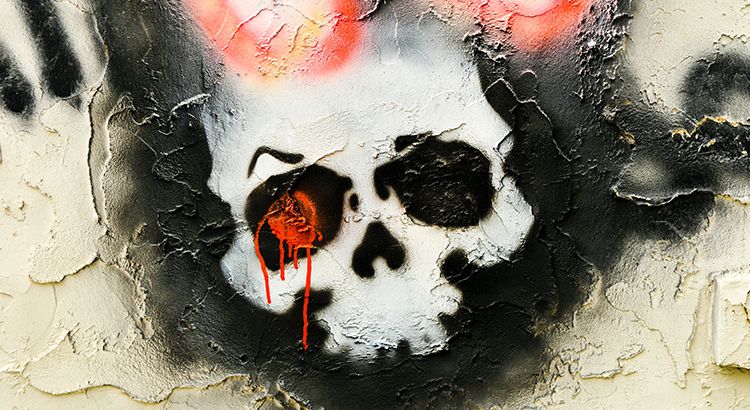A New Wave of Right-Wing Terrorism
Right-wing terrorism is a growing threat for democratic societies globally. With rising numbers in death tolls and far-right narratives creeping into the mainstream, the extreme right assumed a new face through the digital dissemination of extremist propaganda and trivialising violence – thereby attracting new audiences. Greater cooperation is required between the state, researchers, and tech companies to address the manipulative strategies used by these groups.

